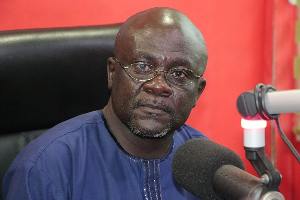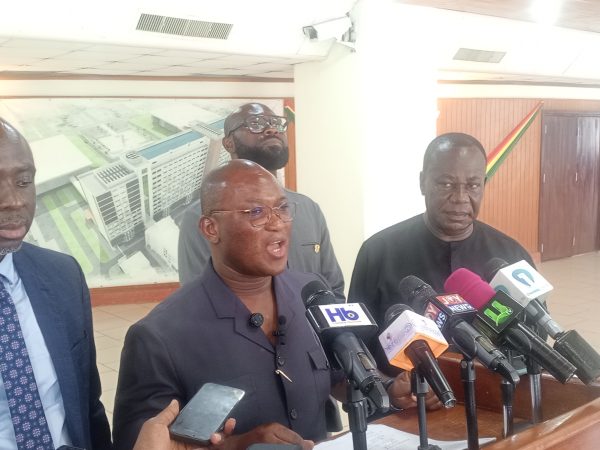I Will Complete Abandoned Projects in Line with Mahama’s Development Vision-Ashanti Regional Minister
The Ashanti Regional Minister, Dr. Frank Amoakohene, has reaffirmed his commitment to completing all abandoned and stalled development projects across the region in fulfilment of President John Dramani Mahama’s renewed agenda to “reset Ghana.”
According to him, his mandate is to ensure that the President’s vision translates into visible and impactful progress across the Ashanti Region, which remains Ghana’s industrial and commercial hub.
“I share in the President’s vision of resetting Ghana, and I am equally focused on resetting the Ashanti Region across key sectors — infrastructure, commerce, health, education, and social development,” he emphasized.
Reviving Infrastructure under the ‘Big Push’ Initiative The Minister disclosed that several strategic infrastructure projects will soon commence under the Big Push Initiative, a $10 billion capital investment programme designed to stimulate economic growth, create jobs, and close the country’s infrastructure deficit.
Among the flagship projects earmarked for the region are the Greater Kumasi Bypass Project and the Accra–Kumasi Expressway, both of which are expected to ease congestion, enhance trade, and facilitate the movement of goods and people across key economic corridors.

Speaking to parliamentary correspondents on the sidelines of the Local Government Committee’s hearing on the 2024 Auditor-General’s Report on Metropolitan, Municipal, and District Chief Executives (MMDCEs) in the Ashanti Region, Dr. Amoakohene underscored the importance of the Kumasi Bypass project to the regional economy.
“The Kumasi Bypass will decongest the city centre by redirecting heavy-duty trucks away from the central business district,” he explained. “Businesses in Kumasi currently face long delays and multiple checkpoints that increase operational costs. Once the bypass is completed, these bottlenecks will be removed, improving trade and cargo movement to Burkina Faso and other Sahel markets.”
He described the intervention as a “transformational project for the Garden City of West Africa”, one that will boost mobility, commerce, and Kumasi’s position as a major regional trade hub.
Expanding Trade and Market Infrastructure As part of the government’s development blueprint, Dr. Amoakohene announced that modern market facilities will be constructed in all 40 districts across the Ashanti Region — excluding Kumasi Metropolitan Assembly (KMA), Mamponteng, and Mampong, which already have major markets under construction.
He noted that work on the Kejetia Phase II Market is progressing steadily, with renewed efforts to resolve funding and structural issues inherited from the previous administration.
“Our goal is to expand commercial infrastructure to support small and medium-scale enterprises while ensuring that every district has a vibrant market centre to drive local economic activity,” he stated.
Improving Roads and Connectivity, Dr. Amoakohene also provided updates on key ongoing road projects, including:
Abuakwa enclave roads, Santasi–Ahodwo Roundabout corridor, Kenyase to Aboabo stretch, Barekese to Offinso and Adugyama routes and Greater Kumasi ring road improvement projects
He clarified that while the Big Push Initiative operates under a dedicated funding mechanism, other road and inter-district projects are financed through the Ministry of Roads and Highways, the Road Fund, and development partners — ensuring no funding overlaps or delays.

Resetting Ashanti’s Development Path, The Minister reiterated the NDC government’s commitment to completing all critical infrastructure projects abandoned under previous administrations, including health facilities, schools, and rural electrification programmes.
“Our vision is clear — no project should be left to rot because of political transitions. We are here to deliver continuity, restore efficiency, and ensure that the Ashanti Region, as Ghana’s economic anchor, receives its fair share of national development,” he declared.
Dr. Amoakohene further revealed that, under President Mahama’s directive, the Ministry will soon introduce a Regional Infrastructure Tracking Framework to monitor progress on ongoing and legacy projects, enhance accountability, and ensure timely completion.
Source: Felix Nyaaba/expressnewsghana.com








